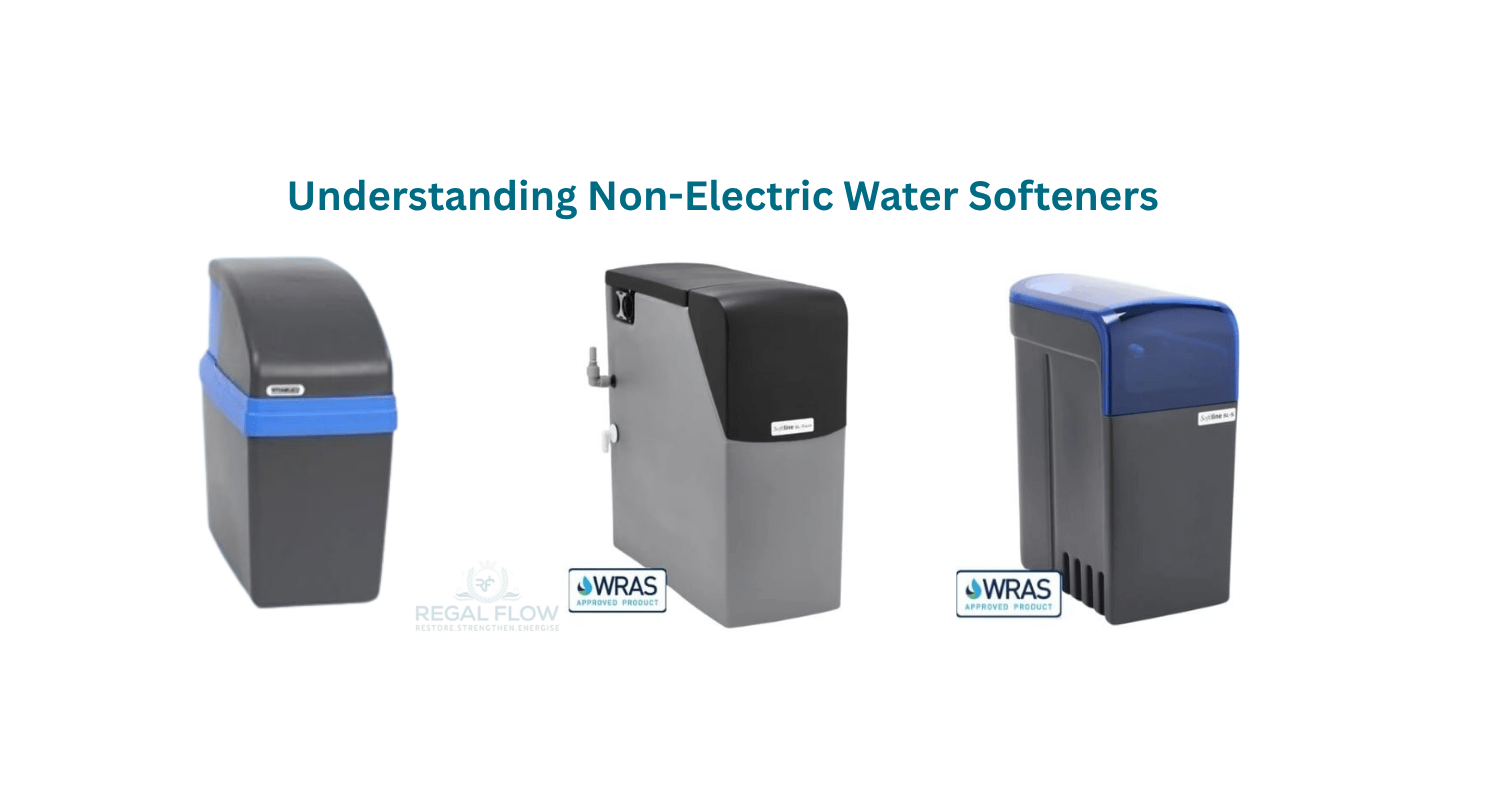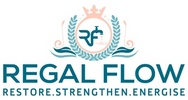
How Does a Non-Electric Water Softener Work?
Tired of battling limescale like it’s your arch nemesis? A Non-Electric Water Softener works by swapping hard minerals for soft ones—no plugs, just plumbing! It’s the quiet hero behind better showers, longer-lasting appliances, and happier countertop dispensers and reverse osmosis systems. Of all the types of water softener, this one’s as low-maintenance as it gets. Curious how it does all that? Keep reading!
Understanding Non-Electric Water Softeners
You might not see it, but hard water causes all sorts of bother. From that stubborn scum on your taps to the kettle that boils with a hiss and wheeze—blame calcium and magnesium. A non-electric water softener is a clever fix that doesn’t need plugging in. It softens water using mechanical wizardry powered by water flow, not electricity. That means fewer moving parts, less maintenance, and no unexpected energy bills. Think of it as a bicycle for your plumbing—reliable, efficient, and no need for charging cables.
The Mechanics of Non-Electric Softening
Water Pressure as the Power Source
There’s no hidden battery pack here. These systems use your home's water pressure to get the job done. When you turn on the tap or the washing machine kicks in, that flow of water activates the internal valve inside the softener. No circuit boards. No blinking lights. Just good, old-fashioned water power. It’s perfect for rural homes, holiday cottages, or anywhere you’d rather not rely on the grid.
Volumetric Metering
Here’s where it gets really clever. Non-electric softeners don’t just soften endlessly—they keep track of how much water you’re using. This is called volumetric metering. When you’ve used a certain amount, the system triggers a regeneration cycle to recharge itself. No timers, no manual resets, just a smooth, automatic rhythm based entirely on your real water use. It’s like having a soft water butler who never sleeps.
The Ion Exchange Process (Without Electricity)
Now to the science bit (but don’t worry—it’s simple). Inside the softener is a resin bed filled with tiny beads. These beads are sodium-charged, and when hard water passes through, they grab hold of calcium and magnesium ions—the culprits behind limescale—and swap them for sodium ions. This process is called ion exchange. It’s how your water goes from “rock solid” to silky smooth, without a power plug in sight. Once the beads are full, they’re rinsed with salty water (a brine), and the system is ready to go again. All triggered by—you guessed it—water flow.
Explore compact, Non-Electric Water Softeners from the fantastic Scalemaster range
Non Electric Water Softener
You don’t need high-tech wizardry to enjoy soft water. A non-electric water softener is a practical solution that just quietly gets on with the job. You’ll notice the difference in every tap—from fresher-tasting drinks to fewer limescale stains. Your appliances will run cleaner, your skin will feel better, and the best part? You might forget it's even there.
Advantages of Non-Electric Water Softeners
No Electricity Required
One of the biggest draws? No electricity needed. That means no running costs, no risk of electrical faults, and no worries during power cuts. It’s just one less thing to plug in—and in a world of tangled chargers and blown fuses, that’s a relief.
Often Simpler Mechanics
Non-electric softeners are charmingly simple. With fewer electronic components, there's less to go wrong. That makes them more reliable over time and easier to install. You won’t need to fiddle with settings or stare at a blinking LED trying to remember what it means. It’s like switching from a digital smartwatch to an old-school timepiece—it just works.
Potential Considerations
Of course, they’re not a one-size-fits-all solution.
Some models may not suit very large households where water use is high. Others might require a bit more attention when it comes to salt refilling or adjusting for local water pressure. And while magnetic and salt-free alternatives are out there, they’re not always as effective at truly softening the water. It's important to weigh up your specific needs before choosing. Still, for most British homes dealing with moderate hard water, non-electric options tick the right boxes.
Conclusion: The Effectiveness of Non-Electric Softening
Non-electric water softeners might not be flashy, but they’re incredibly effective. They tackle hard water head-on, cutting down on limescale, improving the feel of your water, and protecting your appliances without a single kilowatt. They work silently in the background, saving you money, time, and a great deal of scrubbing. Whether you're looking to extend the life of your washing machine or make your morning brew taste just that bit better, going non-electric is a smart, simple choice. And if your home’s already got Reverse Osmosis or Countertop Dispensers, soft water is the missing ingredient they’ve been waiting for.
More Water Softener info our customers have found helpful
- What Water Softener Do I Need?
- What Water Softener Is Best for Well Water?
- Salt-Based vs. Salt-Free Water Softeners: Which is Right for You?
- What Is the Average Cost of a Whole House Water Softener System?
- Do You Need a Separate Drinking Water Tap with a Water Softener?
- Can You Drink Tap Water If You Have a Water Softener?
- Is a Water Softener Worth the Expense?
- Does It Matter What Water Softener I Buy?
- What Capacity of Water Softener Do I Need?
- What Is the Average Size Water Softener for a Family of 4?
- What Happens If a Water Softener Is Too Small?
- Is It Okay to Oversize a Water Softener?
- Should I Upgrade My Water Softener?
- Metered Softener vs. Timed Softener
- What Is Clack® DV Valve?


Leave a comment